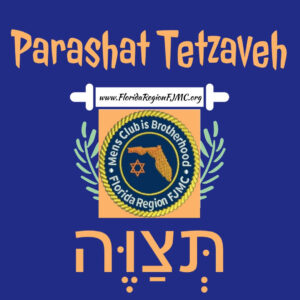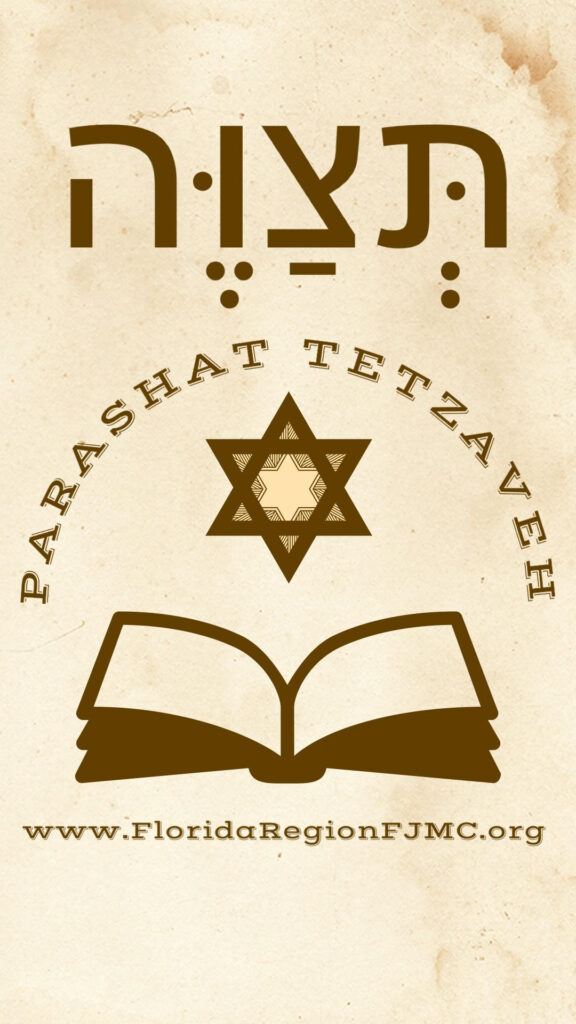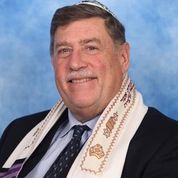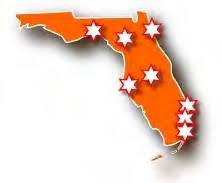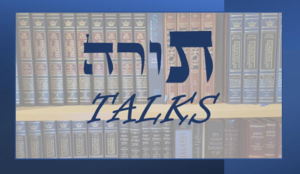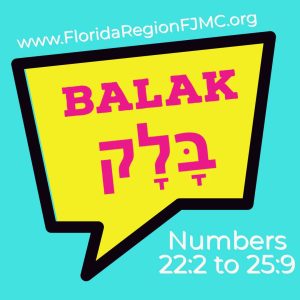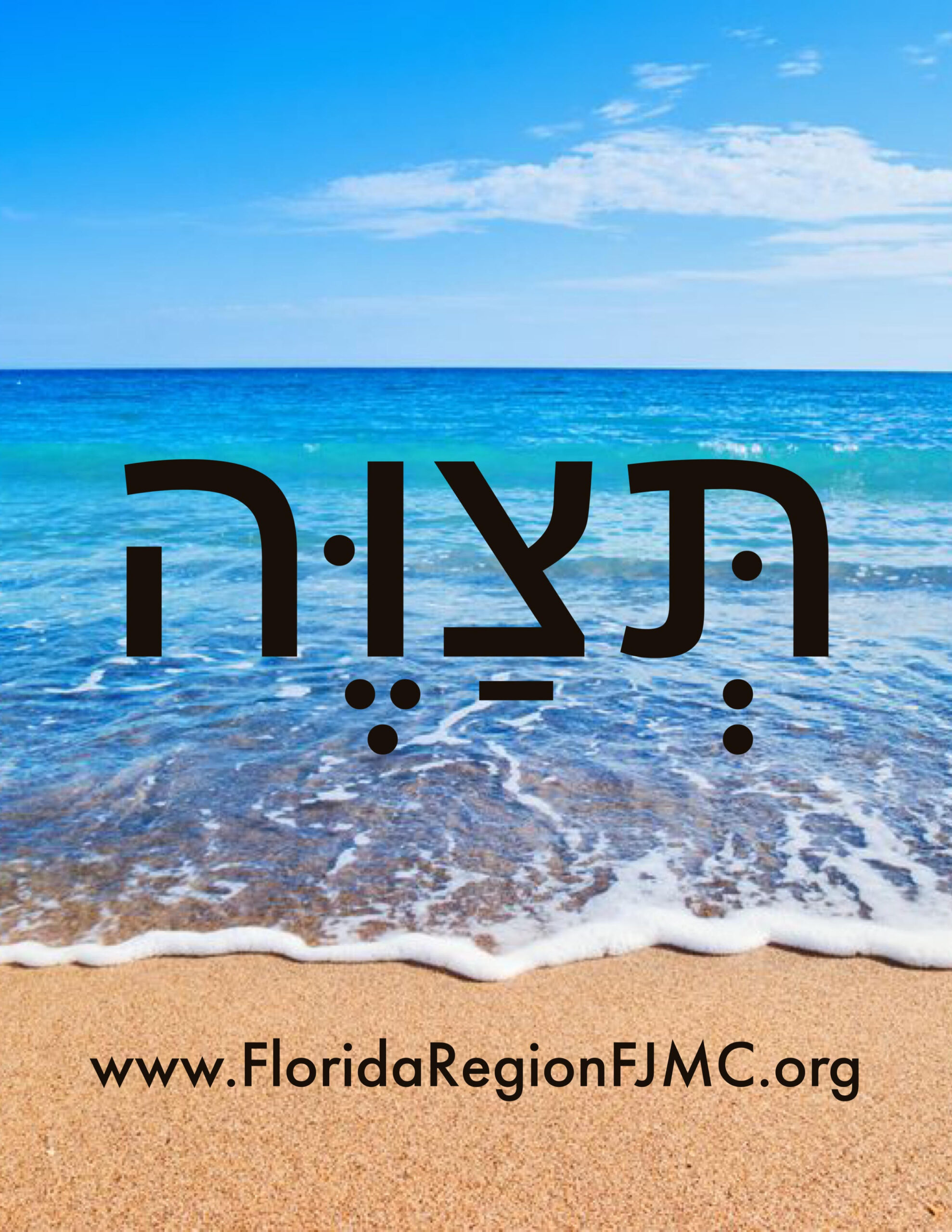
When you Choose Shabbat, you choose to learn that every Shabbat is different and special. This week I learned about Tetzaveh (תְּצַוֶּה) is the 20th weekly Torah portion in the annual cycle of Torah readings.
According to Wikipedia, Tetzaveh (תְּצַוֶּה), contains 5,430 Hebrew letters, 1,412 words, 101 verses and makes up 179 lines of a Torah scroll. Parashat Tetzaveh includes G-D’s instructions to Moses to appoint Aaron and his sons as priests. G-d details how to bring olive oil for the lamp and incense for the altar, how to make sacred garments for the priests, how to sanctify the priests and offer sacrifices during the seven days of inauguration in the Mishkan (Tabernacle) and how to build the golden altar.
Rabbi Michael D. Klein of Temple Torat Emet offers his insights on this week’s Torah reading, Tetzaveh for Shabbat February 24, 2024 aka 15 Adar I 5784:
The Sedra Tetzaveh contains a fascinating description of the vestments worn by the Kohain Gadol (High Priest) while in service of accepting and offering sacrifices in the Holy Temple. Among the holy articles worn by the Kohain Gadol was the Ephod with 12 precious stones representing the 12 tribes and above the Ephod was a pouch-like pocket which contained the Urim and Thumin. Moses was to insert into this pouch the ineffable name of G-d. This name was called Urim (from light) because it would cause the individual stones of the Ephod to light up. It was also called Thumim (completeness) because if read in the proper order it would provide answers to questions of vital national importance. Thus, the Ephod symbolized national prosperity and the Urim and Thumim provided answers dealing with matters of national security.
The supernatural nature of this relationship cannot be underestimated. It is very similar in modern terms to futuristic communicators mentioned in Star Trek or Star Wars. That G-d would provide a method for direct consultation to answer crucial questions that were vital to survival emphasizes the intimate connection between G-d and the Jewish people. The key element is the desire of the people to seek G-d’s guidance and the willingness to communicate and hear G-d’s voice in answering perplexing questions.
Wouldn’t it be amazing if, whenever we have a crucial issue in our lives that we could tap into the hotline with G-d, just like the Kohain Gadol, to help answer our questions and ease our anxiety? On one level we can develop the ability to pray and become mindful of the inner voice that each of us has. This is the Jewish path toward inner peace. It requires the willingness to accept that we cannot solve all of life’s perplexing questions on our own and the acceptance that the Ribono Shel Olam cares individually about the plight of each of us. All we need is open ourselves up and reach out and share with others the joy of faith.
As we care for the needs of others, so does Hakadosh Baruch Hu assist us in providing for our needs spiritually and physically. The hot line is there but we must be willing to pick up the communicator and learn how to use it!”
Questions to Consider:
- What were the unique characteristics of Betzalel the architect of the Mishkan and the Ohel Moed?
- What does the Ohel Moed (Tent of Meeting) represent to the Jewish people?
- What was unique about the mixture of spices used for incense?
- For how many days was the inauguration ceremony of Aaron and his sons?
Rabbi Michael D. Klein attended Yeshiva College of South Florida and served as Torah Reader, Hebrew teacher, Chazzan and spiritual leader of various synagogues throughout South Florida. In January 2015 he became Ritual Director, Bnai/Bnot Mitzvah instructor and 7th grade Hebrew instructor for Temple Torat Emet of Boynton Beach. In October 2019 he was accepted into an accelerated track and received his shicha from Yeshiva Adath Wolkowisk and has been the Rabbinic leadership of Temple Torat Emet since August 2020. In September of 2022 he was appointed Rabbinic and Spiritual Advisor of the Florida Region of FJMC.
Choose Shabbat; choose to celebrate, to light candles, sing songs and learn a little Torah.
This moment of Jewish Learning is brought to you by the Florida Region of the Federation of Jewish Men’s Clubs (FJMC). We are part of a confederation of over 200 Jewish Men’s Clubs and Brotherhoods representing over 20,000 members across the United States, Canada, Latin America, and beyond. Learn more about how your Jewish Men’s Club or Brotherhood can affiliate with the FJMC at: https://fjmc.org/for-clubs/affiliating-with-the-fjmc/.
The Florida Region of FJMC serves the needs of affiliated Men’s Clubs and Brotherhoods throughout the State of Florida. Get to know more about the FJMC Florida Region and our growing network of Jewish Men’s Clubs and Brotherhoods at www.floridaregionfjmc.org and please visit and LIKE our Florida Region FJMC Facebook Group at www.facebook.com/FloridaRegionFJMC.
